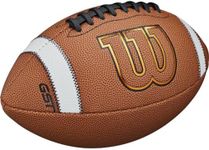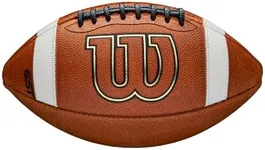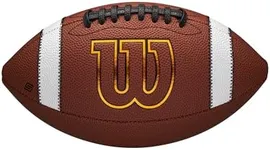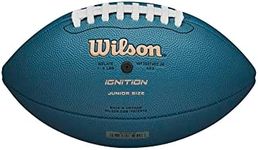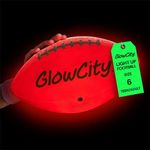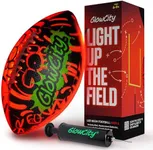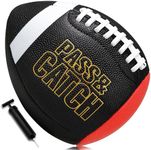Buying Guide for the Best Junior Footballs
Choosing the right junior football is essential for young players to develop their skills and enjoy the game. When selecting a football, it's important to consider factors such as size, material, and design to ensure it meets the needs of the player. Understanding these key specifications will help you make an informed decision and find the best fit for the young footballer in your life.SizeThe size of a junior football is crucial because it affects how easily a young player can handle and control the ball. Footballs come in different sizes, typically ranging from size 1 to size 5. For junior players, sizes 3 and 4 are most common. Size 3 is suitable for children aged 8 and under, while size 4 is ideal for players aged 8 to 12. Choosing the right size ensures that the ball is not too large or heavy, making it easier for the child to kick, pass, and dribble.
MaterialThe material of a football affects its durability, feel, and performance. Junior footballs are usually made from synthetic leather, PVC, or rubber. Synthetic leather offers a good balance of durability and a soft touch, making it a popular choice for training and matches. PVC footballs are more affordable and durable, suitable for recreational play. Rubber footballs are highly durable and ideal for rough surfaces like concrete. Consider where the football will be used most often and choose a material that matches those conditions.
WeightThe weight of a junior football is important for young players to develop their skills without straining their muscles. Lighter footballs are easier to kick and control, which is essential for younger children who are still building their strength and coordination. Standard junior footballs are designed to be lighter than adult footballs, but it's still important to check the weight to ensure it is appropriate for the child's age and physical development.
DesignThe design of a junior football can influence a child's interest and engagement in the game. Bright colors and fun patterns can make the football more appealing to young players, encouraging them to practice and play more often. Additionally, some designs may include features like textured surfaces for better grip and control. While design is a more subjective factor, choosing a football that the child finds visually appealing can enhance their overall experience and enthusiasm for the sport.
Bladder TypeThe bladder inside a football holds the air and affects the ball's shape and performance. There are two main types of bladders: latex and butyl. Latex bladders offer better responsiveness and a softer feel, making them ideal for match play. However, they may require more frequent inflation. Butyl bladders are more durable and retain air longer, making them suitable for training and recreational use. Consider how often the football will be used and whether the convenience of less frequent inflation is important.




